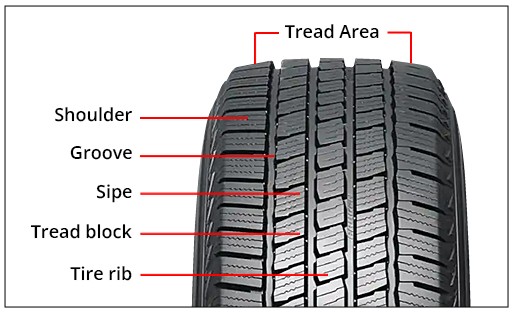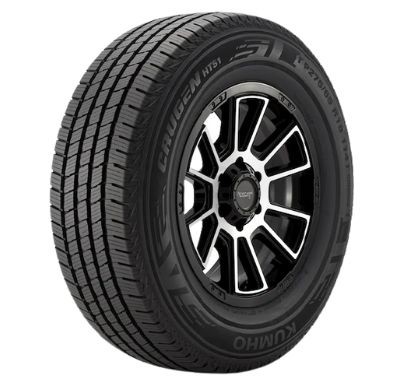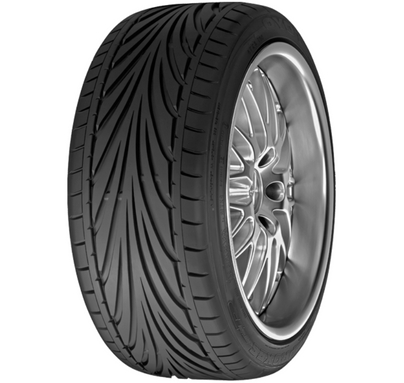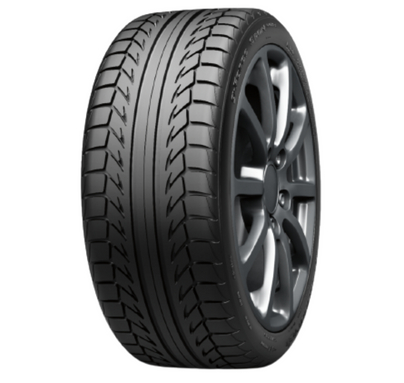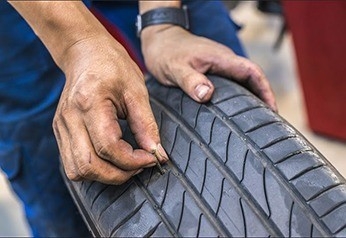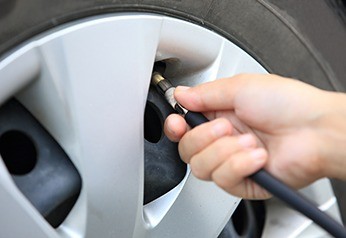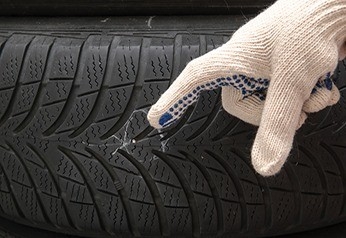
December 26, 2022
Your Guide To Tyre Tread Patterns
Every tyre looks the same, and - more often than not - it's only when you replace your tyres that you realise each tyre is genuinely different.
What sets each tyre apart is its tread - or the part of the tyre that touches the road. Interestingly, the tread design of each tyre is unique to that particular tyre, similar to a fingerprint.
When checking your tyres, take a closer look at your tyre tread and compare it to that of your neighbour's (provided that they are two completely different tyres); for example, you'll see just how different they are from each other.
So why are there different types of tyre tread? And how do these differences impact the way we drive? Let's find out.
What Are Tyre Tread Patterns?
The tread design or pattern is found on the surface of your tyre.
Though it may seem like the lines, grooves and curves cutting into your tyre tread were just randomly placed there, these patterns are meticulously designed by a fleet of tyre technicians and engineers and heavily tested before it is stamped onto the tyre compound.
These patterns are essential to any tyre because they determine how well your tyres will grip the road or whatever other driving surface, including off-road terrains like sand, mud, rocks and more.
A tyre with no tread design may cause you to slip and slide on wet roads, for example, or if you use a tread pattern suited for highways out on a deep off-road trail, the tyre might fail or cause an accident.
The Parts of Your Tyre Tread
Here's a rundown of the four parts that make up your tyre tread and how each affects your driving.
- Tread Blocks
These are the raised areas of a tyre's tread pattern. They provide traction and grip in different road conditions by increasing the contact patch between the road and the tyre. - Sipes
Sipes are small cuts or slots in the tyre's tread pattern that separate tread blocks. They help facilitate quick water dispersal from the tyre surface to prevent hydroplaning. - Ribs
Ribs are also the raised section of the tread pattern but are made from a series of tread blocks. They enhance tyre stability in different driving conditions and maintain steering control. - Grooves
Grooves are the deep channels you find on the tyre's circumference. Sometimes, there are lateral grooves as well, and they facilitate quick water drainage from under the tread and also assist in keeping your tyres stable.
Arranging Your Tyre Tread Parts
As a whole, these four tread parts will determine the depth of your tyres. They are also similar to the seven notes on a musical scale that can be arranged in many ways to create music.
You can also arrange your tread parts into many different combinations to develop a series of unique patterns that will influence your tyre's performance. You can enhance handling and traction, increase high-speed stability, prolong tread wear and strengthen cornering, and promote a noise-free ride by mixing and matching your tread parts.
This process is called "optimising" your tyre's tread pattern. It is how tyre engineers and designers develop patterns that target specific road challenges such as wet weather grip, shortened braking distances, hydroplaning resistance, off-road traction, etc.
The Different Tyre Tread Patterns
Though there are an almost endless number of ways to combine the parts of your tyre tread, there are only three common types of tread patterns.
Each one is designed for use based on your driving style, the vehicle you drive, the road surface or terrain you will be driving on, and the weather or temperature as well.
Below we break down the four types of tyre tread and discuss their key features and benefits.
Symmetric Tread Pattern
Symmetric tyre tread patterns have the same pattern (either its continuous ribs or tread blocks) across the whole width of the tyre tread, the same for both left and right - or inner and outer sides. It is the most common tread pattern type and is found on various daily-use passenger cars.
Pros
- More affordable than asymmetric tyres
- Displays excellent straight-line stability
- Good for multi-directional rotation
- Lower rolling resistance = good fuel economy
Cons
- Generally engineered only for street and compact cars
- Meant to be used for short-distance driving
- Not for off-road or winter use
- May have uneven wear due to frequent & hard cornering
Asymmetric Tread Pattern
The Asymmetrical tread combines different tread types to deliver maximum wet and dry road grip. At times, they serve a dual purpose, with parts of the inner and middle tread optimised for wet or winter/all-season traction, while larger and rigid tread blocks dominate the other tyre to improve cornering.
Since they are asymmetrical and prevent fitting mishaps, each tyre side is labelled "outside only" and "inside only" to show which side either faces the vehicle or out.
Pros
- Exceptional cornering capabilities
- Superior wet performance & hydroplaning resistance
- Enhanced traction on dry surfaces
- All-weather safety
Cons
- Faster tread wear
- Usually fitted only on mid to high-performance cars
- Multi-direction rotation
- More expensive tyres
Directional (Unidirectional) Tread Pattern
BFGoodrich GForce Sport Comp 2
Directional (also called unidirectional) tread patterns have an arrow or V-shaped tread pattern that serves as water channels. These draw away water from the tread surface to prevent hydroplaning at high speeds.
However, tyre rotation can get tricky with them because you can only move them from front to back axle (same side), but not left to right. Directional tread tyres perform their best on that side, so the left is left, and the right is right for these tyres.
Directional tyres are perfect for high-performance vehicles and sports cars because of their high-speed stability and handling.
Pros
- Better water evacuation than symmetric tyres
- Increased fuel efficiency due to lower rolling resistance
- Impressive hydroplaning resistance
- Boosted acceleration, braking, and cornering capabilities
Cons
- Limited rotational direction
- Shorter tread life
- Higher price point
Click here to know Tyroola’s top tyres this 2023 according to tread patterns!
Can I Mix Different Tyre Patterns?
We at Tyroola don't recommend mixing different tread patterns; only fit tyres with the same tread pattern on all four wheels as much as possible.
As each tread pattern is optimised for specific situations, combining them is dangerous and can cause issues with traction and handling, especially on wet surfaces.
Read our in-depth article about mixing tyres here.
Remember, you should always consult your tyre dealer or car manufacturer to determine what type of tyre pattern is right for your car.
Choose the Correct Tread Pattern for Your Vehicle!
Different tyres have different tread patterns – some are designed for off-road use, while others are more suited to slippery roads.
Finding which pattern is best for your needs can be confusing, but don't worry – we're here to help.
At Tyroola, we only stock tyres from leading brands such as Kumho, Hankook, Goodyear, Toyo and more that offer excellent value for money.
So whatever type of vehicle you drive, we have the right tyre - and pattern for your specific driving needs.
Ready to buy a new set of tyres? Shop at Tyroola for unbeatable prices and promos!

